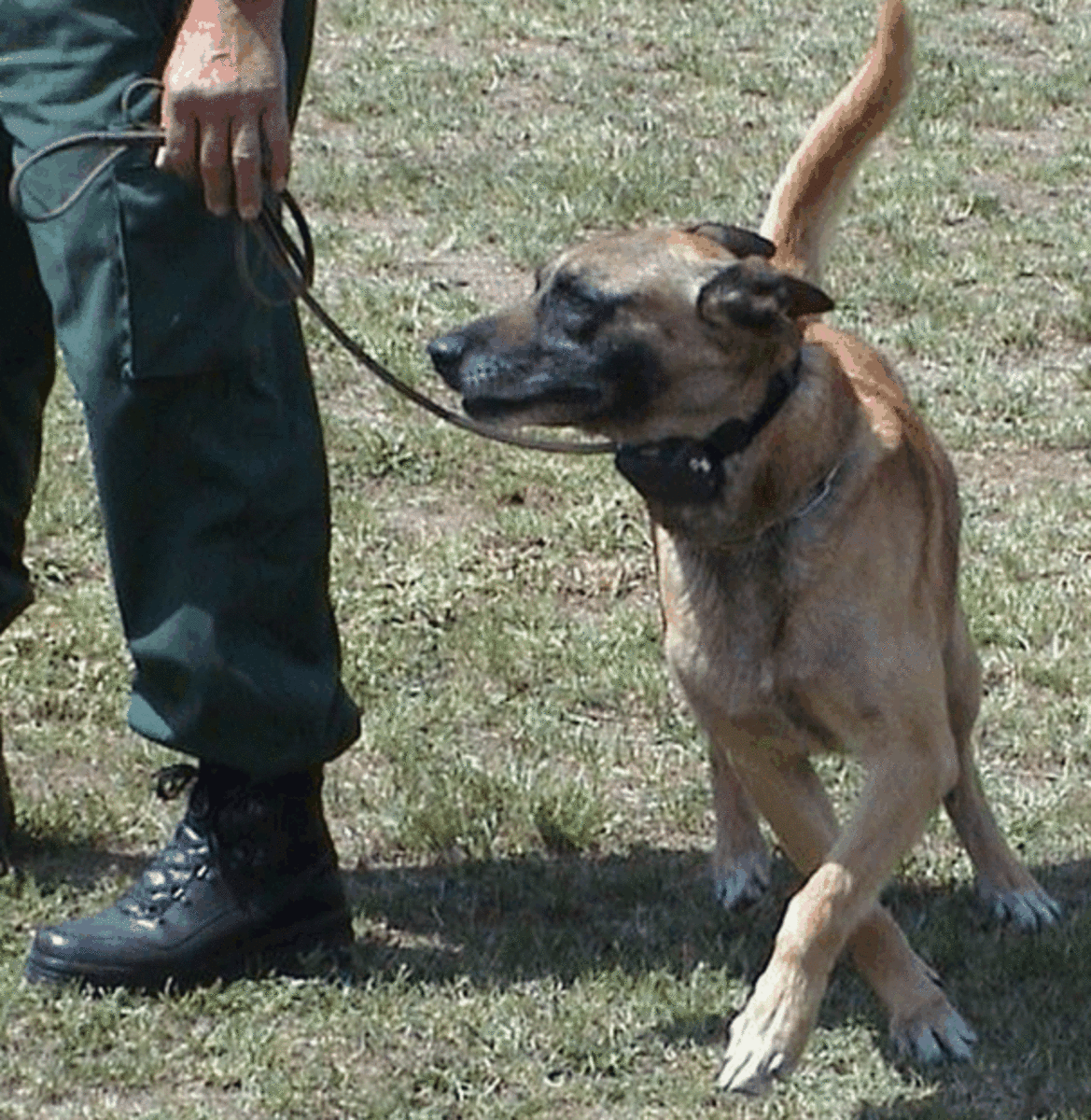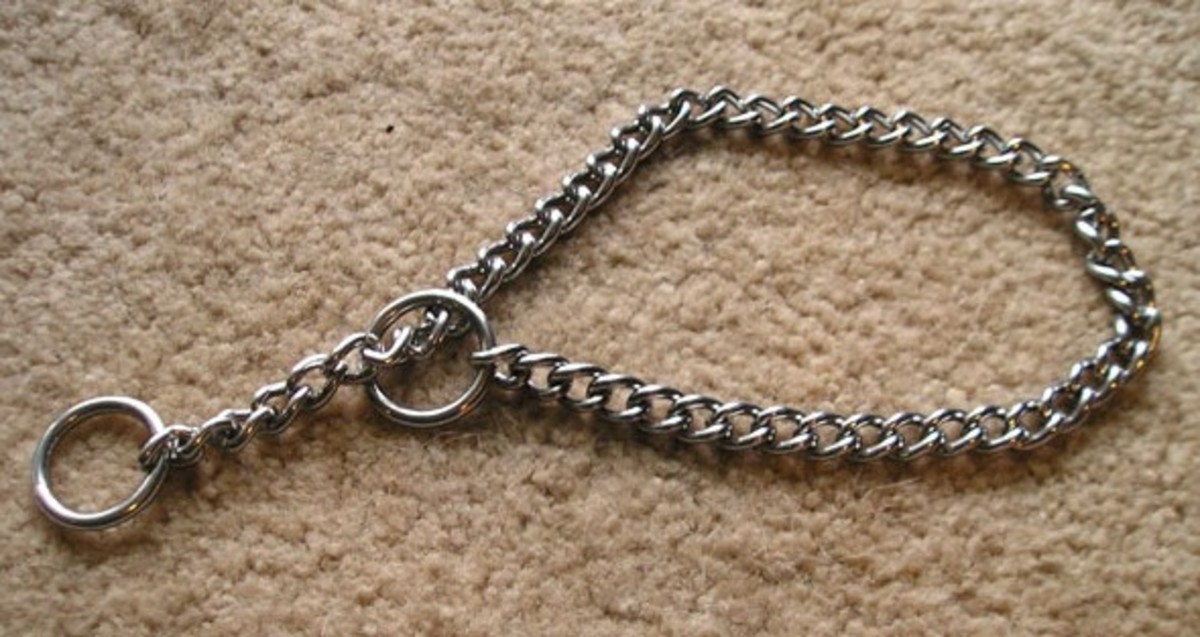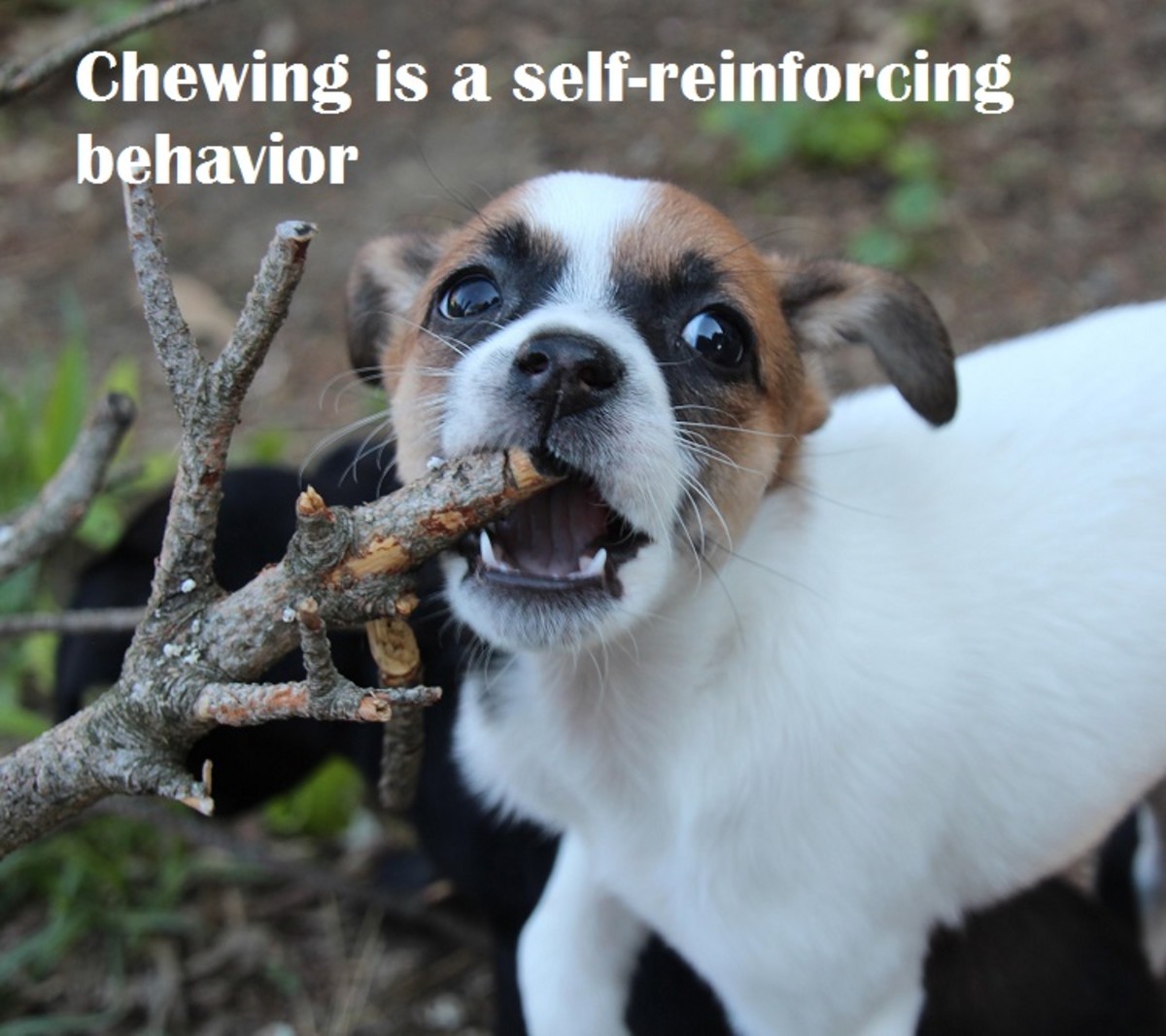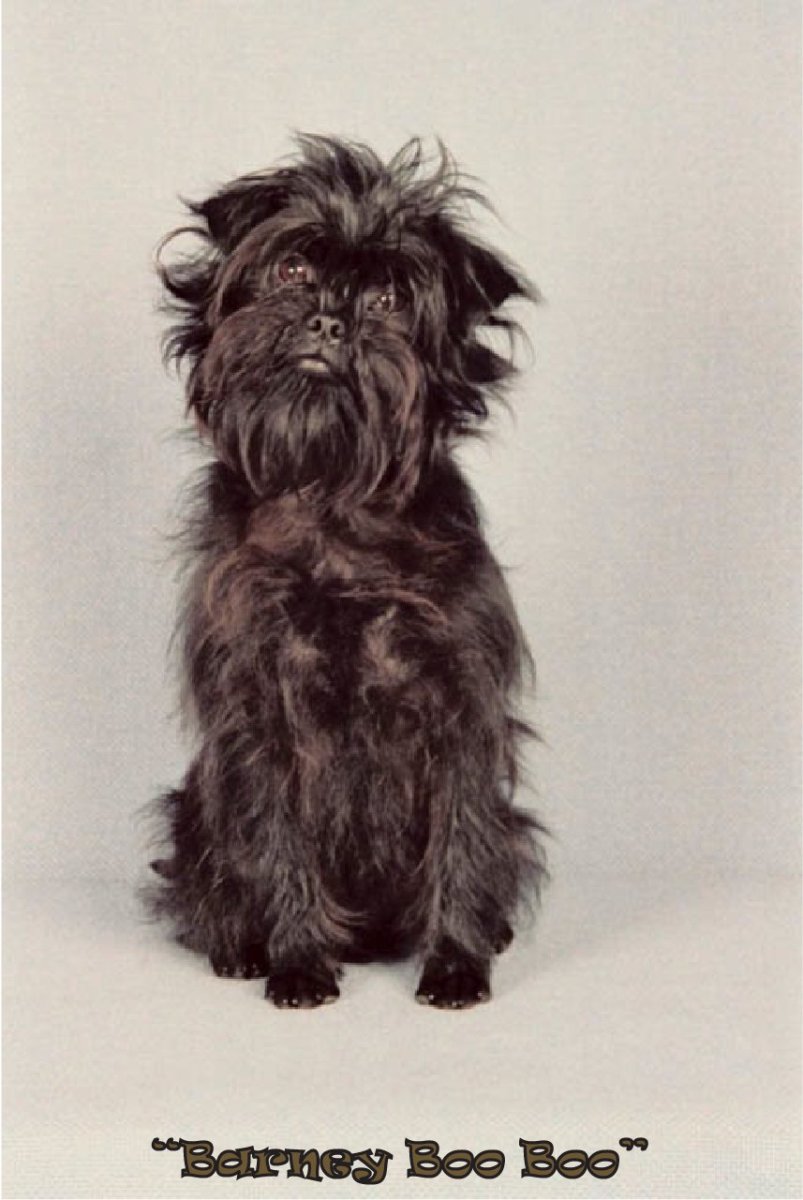Dog Collar Guide
When it comes to dog collars, there are quite a few choices out there. I’ve seen many in use, some in the way they were meant to be, some in excess. Here is a beginners guide to give you the basic information on dog collars.

The Classic Collar – The buckle collar, which looks like a belt, complete with notches to fasten the collar with. They are very common and come a dime a dozen in a multitude of colors and designs. You would want to choose one that is comfortable to the dog and appealing to your eye. These come in leather and nylon. Nylon is sturdy and more colorful, but can become frayed over time. Leather can look very classy, often decorated with studs, but the wrinkles in time might give it an aged look that is not very aesthetic. Also, I’ve had both nylon and leather for my dog. She had been sprayed by a skunk twice, once in a leather collar and once in a nylon collar. Cleaning the nylon collar was much simpler, as we could soak it in a solution and it survived the process. Leather, however, retained the smell, and when soaked, became stiff and useless. It’s something to keep in mind if you have a dog who might get into a similar situation.
Quick Release Collars – These collars are usually made of nylon, and don’t have that belt buckle feel to them. Also known as snap collars, these collars have buckles that can be undone without the annoyance of undoing the notches of a collar. Could be useful if the dog gets caught on something, but if that is a major concern, the next collar is a better choice.
Break-Away Collars – You may be familiar with the concept if you have a cat. Break-away collars are designed to come loose if the dog gets caught on something, to avoid accidental chocking. There are many stories of a dog accidentally hanging itself, getting choked by another dog getting caught on its collar, or getting caught and chocking to death on a fence or some other obstacle. It’s a frightening thought. I highly recommend this type of collar, especially if you have more than one dog, take him to a doggy daycare, or there is the possibility of the dog getting caught on any structure in your home or yard. Designed with a metal ring on either side of the break away site, the collar can be used for walking without risk of it breaking away.
Harness – This collar is designed to fit over the dog’s shoulders and around it’s torso. It’s useful for dogs who have respiratory problems, have a fragile trachea, or manages to get itself into a coughing fit because it constantly tugs on the collar it’s wearing. It won’t give you the best control over your dog on walks, but it’s good for a dog who manages to slip out of every collar he’s ever worn. Also, many dog seat belts are designed to be a harness when taken out of the care.
Halti – A collar that fits over the head and around the mouth, it acts like a bridle on a horse. The Halti allows your dog to breath freely while giving you more control over your dog than most collars would. Good for a dog who is easily distracted by strangers, other animals, or fellow dogs, you can gently pull your dogs head in the opposite direction and break his fixation.
Limited Choke Collar – Also known as a limited slip collar, these collars are designed to tighten only slightly when pulled, getting no tighter than the width of your dogs neck. These collars are popular for training service or working dogs. The collar is useful for dogs who tend to slip their collars. They are also known as greyhound collars.
Choke Chains – Also known as slip collars, these chains are one of the most well known dog training collar. These dogs should be used ONLY for training and NOT for everyday use. Also, it is important to know how to properly use a choke chain. The video provided will show you the proper way to place a choke chain. Remember, P is for Perfect. I always test a chain before I put it on my dog.
Prong Collar – You’ve seen them before, and probably thought they were frightening – those ones with prongs that go around your dogs neck. The purpose of such collars is to imitate another dog biting around a dog’s neck. This is a behavior used when dogs are trying to correct one another. Again, this is a collar ONLY used for training and NOT for everyday use, and it’s vital to know how to use it properly before use.
No-bark collars – These collars are used for training, and are designed to give some sort of correction if they bark. Now a dog bark collar is not necessarily a dog shock collar. Corrections depend on the type of collar. Some give shocks, some emit a high pitched noise, while others spray the dog with a strong scent, like lemon, in the dogs face whenever it the collar detects vibration of the bark. As dog training collars go, no-bark collars would be the most controversial. It is important to do research on which type of collar you would want, or if you would feel comfortable using such a product on your dog.
As shown, there are many types of collars for many different needs. Always do your research on which you prefer, and how to use the collars properly.
If you liked this hub, feel free to check out some other hubs:
- Choosing From the Many Styles of Dog Leads
There are those people who walk their dogs and then there are those whose dogs walk them. You know what I mean, right? You see... - Learning About Dog Food Allergies
Of all the things in the world that can make anyone miserable, it is an allergy to some kind of common food. In humans, this... - Dog Stroller Information
Lets face it, your dog can get tired out. If you are out on a walk around town, sometimes your dog can get a little worn out... - Dog Day Care
Doggie day cares are a booming business, and for good reason. People love their pets, and they want to make sure that when they... - Training Collars
Of course we love our dogs. We dont call them a persons best friend for no reason. Our dogs give us company. They give us...












